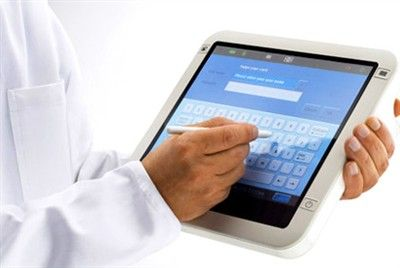
MAKING VITAL CONNECTIONS
CONNECTING VITAL SIGNS MONITORS TO THE ELECTRONIC MEDICAL RECORD. Because they are capable of connecting with electronic medical records, today’s vital signs monitoring systems can increase the accuracy and efficiency of getting vitals data into a
Wed Mar 28 2012
April 1, 2012
Vital signs monitors are used to periodically measure basic physiologic parameters (“vitals”) such as noninvasive blood pressure (NIBP), oxygen saturation (SpO2), pulse rate, and temperature. These monitors are typically used in low-acuity areas, such as surgical and medical floors, clinics, and emergency department triage, to track the status of multiple low-acuity patients.
In the current healthcare environment, there is an increasing focus on automated documentation—that is, electronic transfer of data from the medical device (in this case, the vital signs monitor) to the hospital’s electronic medical record (EMR) system—in an effort to reduce some of the potential for errors resulting from manual documentation of patient data. Some vital signs monitor vendors provide specialized connectivity solutions that accomplish this. While some of these solutions are specific to the vendor’s vital signs monitors, others may be compatible with vital signs monitors from multiple vendors.
Our testing for this Evaluation concentrated on the use of vital signs monitors for what is sometimes called “spot-check” monitoring. In this type of monitoring, a single set of vitals is measured from each patient at a given time and the time between measurements for a single patient may vary (e.g., two hours, four hours, eight hours) based on patient status/acuity, physician order, or hospital protocol.This study evaluates seven vital signs monitors, along with any connectivity solutions promoted by their vendors. We tested the monitors and connectivity solutions together as a system. Our findings and ratings apply to the particular monitor/solution combinations we tested; use of different combinations might result in different performance. We did not focus on the accuracy of the clinical measurements because the state of monitoring technology is such that this is not a significant differentiator among systems
To read this complete article visit TechNation and read the April issue by clicking here.
